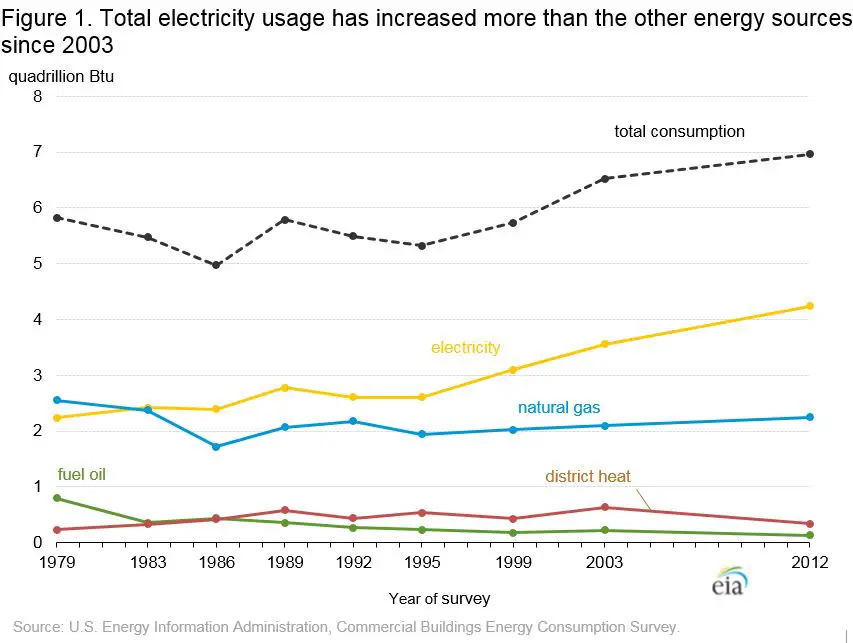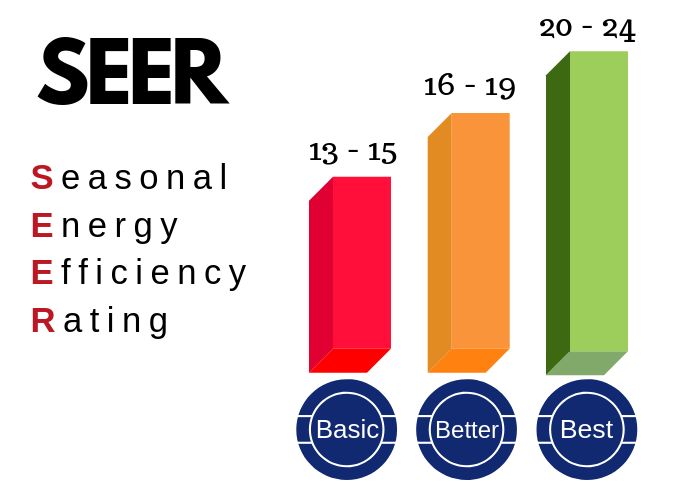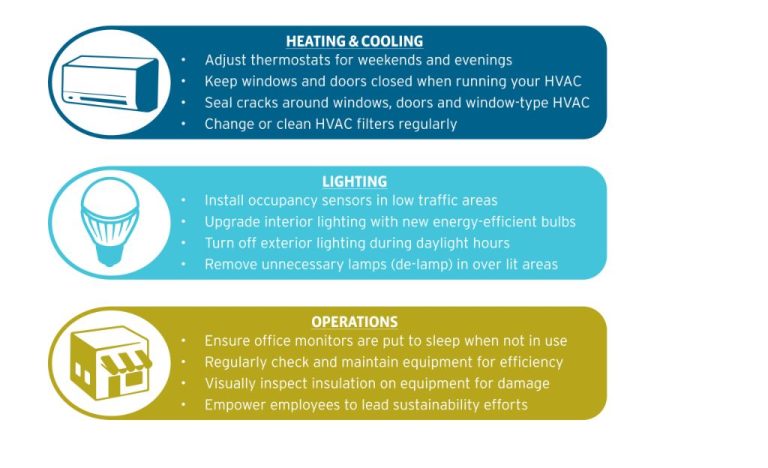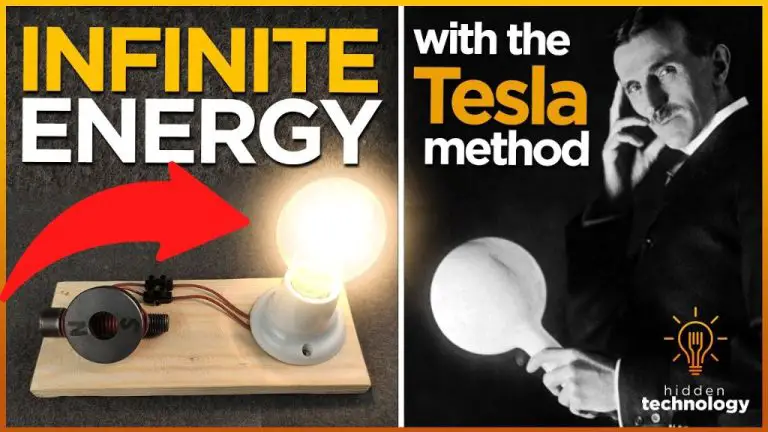What Is Energy Performance Contracting?
What is Energy Performance Contracting?
Energy performance contracting (EPC) is a mechanism for financing energy efficiency upgrades to buildings and facilities. According to the Hawaii Energy Office, EPC is defined as “a contract between a public or private entity and an Energy Service Company (ESCO) for evaluation, recommendation, and implementation of energy conservation measures, wherein the ESCO guarantees energy and cost savings, and financial incentives are provided to the ESCO based on the achievement of these savings” (Hawaii Energy Office).
In an EPC arrangement, an ESCO conducts an energy audit of a facility and identifies opportunities for energy efficiency improvements. The ESCO then installs new equipment such as lighting, HVAC systems, controls, etc. to reduce energy consumption. The cost savings from the reduced energy use are used to pay back the upfront costs of the new equipment over the contract period, usually 5-20 years. The ESCO guarantees the energy savings, and if they do not materialize as projected, the ESCO covers the difference.
Overall, EPC provides a way for facility owners and operators to improve energy efficiency with little to no upfront costs. The energy savings pay for the upgrades over time, allowing buildings to modernize systems and reduce operating expenses. EPC facilitates energy conservation and sustainability goals with a financing mechanism that ensures economic benefits.
How Does Energy Performance Contracting Work?
Energy performance contracting allows building owners to upgrade their facilities without having to pay upfront capital costs. The improvements are financed through the energy, operational, maintenance, and other costs savings achieved by the project over a period of time (Source).
In an energy performance contract, an Energy Services Company (ESCO) conducts a comprehensive energy audit of the facility to identify areas for improvement. The ESCO then installs new energy efficient equipment, makes upgrades and modifications, and maintains the systems to optimize energy performance. The savings generated from these improvements are used to repay the upfront project costs over the 5-20 year contract term (Source).
The contract will include the projected energy savings and specify the methods of measurement and verification. The ESCO guarantees the savings, and if they fall short, the ESCO pays the difference. This transfers the technical and financial risk from the building owner to the ESCO (Source).
Common upgrades include lighting, HVAC, building automation systems, insulation, water conservation, renewable energy, and more. Ongoing maintenance and monitoring ensures optimal performance over the contract term.
Benefits
Energy performance contracting offers a number of benefits for organizations looking to improve their energy efficiency and reduce costs. Some of the key benefits include:
Cost Savings – EPC projects are designed to be cash-flow positive, meaning the energy and operational savings cover the cost of the project over the contract term. This results in immediate and long-term cost savings. According to one analysis, EPC projects deliver average cost savings of 34% on energy bills.[1]
Improved Efficiency – EPC focuses on optimizing building systems and equipment to maximize energy efficiency. Upgrades like HVAC improvements, lighting retrofits, and installation of controls and sensors can reduce energy use by 20-40%.
Access to Capital – EPC provides financing for energy projects, covering 100% of costs through a performance contract. This removes upfront capital barriers. Payments are tied to actual savings achieved.
Risk Mitigation – The ESCO guarantees the energy and cost savings from project implementation. If savings fall short, the ESCO covers the difference.
Technical Expertise – ESCOs have specialized engineering and technical skills to identify opportunities, properly implement upgrades, and ensure continued performance.
Operational Improvements – EPC looks holistically at building systems to optimize operations and maintenance. This provides benefits beyond energy savings.
Sustainability – By reducing energy consumption, EPC helps organizations decrease their carbon footprint and meet sustainability goals.
[1] https://utilitiesone.com/the-benefits-of-energy-performance-contracting-for-construction-financing
Case Studies
Several organizations have seen success with energy performance contracting (EPC) projects resulting in major cost and energy savings, as well as environmental benefits. For example, General Motors implemented many EPC projects across its facilities, often with an energy services company like Johnson Controls, achieving over $75 million in guaranteed annual savings (see https://betterbuildingssolutioncenter.energy.gov/implementation-models/general-motors-funds-energy-conservation-projects-through-energy-performance). The housing authority of Los Angeles County completed a $39 million EPC project in 2010 that upgraded over 3,500 public housing units with efficient lighting, HVAC, appliances, windows, and insulation. This yielded guaranteed energy savings of nearly $6 million per year (see https://utilitiesone.com/case-studies-successful-energy-efficient-construction-projects-in-the-developing-world).
Many other public housing authorities have success stories with EPC as well, like NYCHA in New York City, which completed a landmark $300 million energy retrofit expected to save $30 million annually (see https://www.hud.gov/program_offices/public_indian_housing/programs/ph/phecc/eperformance/epcsuccess). Overall, these case studies demonstrate the potential for major cost savings and energy efficiency gains with a properly structured EPC program.
Finding an ESP
When looking for an energy service provider (ESP) to implement an energy performance contract, it’s important to find a reputable company with expertise in your facility type. Here are some tips for selecting an ESP:
First, check if your state or local government has a pre-approved list of qualified ESPs you can select from. This can streamline the process. For example, the U.S. Department of Energy provides guidance on selecting an ESP through a state contract.
You’ll also want to evaluate prospective ESPs on their experience, expertise, past performance, and ability to finance projects. Look for ESPs with proven experience in your industry and facility type. Review past projects to understand their capabilities. Also assess their financial stability.
Interview multiple ESP candidates and ask for references to contact. Get an understanding of their approach, proposed technologies, and potential savings. Make sure you select an ESP that is a good fit for your needs, goals, and facilities.
The process of selecting an ESP is key to the success of an energy performance contract. Invest time in this step to find the right partner for your project.

The Contract
An energy performance contract (EPC) is a comprehensive project developed between an Energy Service Company (ESCO) and the client seeking energy and cost savings improvements. The contract will outline the scope of work, terms, legal obligations, financing details, and savings guarantees (Energy Savings Performance Contracting).
The contract will typically include the following key components (Introduction to Energy Performance Contracting):
- Baseline energy use – The current energy use is documented to establish a baseline.
- Savings guarantee – The ESCO guarantees a certain level of energy and cost savings.
- Measurement and verification – Processes will be outlined to measure and verify actual savings compared to the guarantee.
- Equipment installed – All new equipment, retrofits, and upgrades to be installed are specified.
- Maintenance and training – Any ongoing maintenance and training requirements are detailed.
- Financing terms – The financing arrangements, payments, and duration are specified.
- Contract duration – The overall contract duration is defined, often 10-20 years.
The contract provides assurance to the client that the project will deliver guaranteed savings and establishes the legal obligations of all parties involved.
Financing
Energy performance contracting projects require upfront capital to implement the energy conservation measures. There are a few main options for financing these projects:
Public financing through municipal bonds or bank loans: The public entity can use traditional methods like issuing bonds or taking out loans to fund the project. This adds to the debt obligations of the entity.
Energy service company (ESCO) financing: The ESCO provides or arranges the project financing, so the public entity does not need to finance it directly. The ESCO ties the repayment to the energy savings generated, so it is paid back over time from the utility budget. This allows the project to be cash-flow positive for the entity.
Power purchase agreement (PPA): A private company finances, installs, owns, and operates the equipment like solar panels or cogeneration plants. The public entity purchases the power for a set rate that is less than retail utility rates. The PPA provider owns the equipment for the term of the contract.
Third party financing companies: Specialized finance companies can offer funding for EPC projects through instruments like municipal leases. The terms are set based on the projected energy savings.
Incentives and rebates: Utility rebates and government incentives can help offset costs and improve return on investment. These vary by location and over time.
Sources:
https://icma.org/sites/default/files/306953_Integrating%20Solar%20PV%20into%20Energy%20Services%20Performance%20Contracts.pdf
https://efiling.energy.ca.gov/GetDocument.aspx?tn=211050&DocumentContentId=25085
Measurement and Verification
Measurement and verification (M&V) is a key component of energy performance contracting. It is the process used to measure and verify the actual energy savings achieved by an energy efficiency project in order to ensure the projected savings are realized. There are four major M&V activities required in the energy performance contracting process according to the Department of Energy:
First, an M&V plan is developed and implemented as part of the contract between the agency and the energy services company (ESCO). This plan details how energy savings will be calculated and monitored. Common industry standards like the International Performance Measurement and Verification Protocol (IPMVP) are often used to guide the M&V plan.
Second, post-installation M&V activities are conducted to measure the new equipment’s parameters like energy use and operating hours. Data is collected and energy savings calculations are performed per the M&V plan.
Third, periodic M&V reports are created by the ESCO to document the performance of the new equipment and calculate the guaranteed energy savings. These reports will continue over the contract term per the schedule outlined in the M&V plan.
Finally, there is a post-acceptance M&V report that provides final documentation and verification of the contractually required savings. This determines if incentive fees are awarded.
Proper M&V ensures agencies only pay for verified savings from increased energy efficiency. It also provides insight into system performance to help optimize operations [1].
Challenges
While energy performance contracting has many benefits, there are some potential challenges to be aware of (Hui, 2002):
One challenge is the high upfront cost of conducting an energy audit and implementing the efficiency measures. The payback period may be too long for some organizations to take on.
There can also be risks associated with the energy savings not materializing as projected. Factors like weather, occupancy changes, or equipment failure could impact results.
The length and complexity of the contracts can also deter some organizations. Negotiating all the details of the performance contract takes significant time and expertise.
Additionally, some facility managers may be reluctant to turn over control of equipment maintenance and operation to an outside energy services provider.
There can also be challenges aligning incentives between clients who want to minimize costs, and ESPs who want to maximize savings. This can lead to mistrust if not properly managed.
Overall, while energy performance contracting can achieve significant efficiency improvements, facilities should carefully weigh the costs and benefits when considering these potential challenges.
The Future
The future outlook for energy performance contracting (EPC) is very promising. EPC has huge potential for growth due to increasing energy costs, environmental concerns, and government policies promoting energy efficiency. According to Yuan et al. (2016), the EPC market in China is expected to grow 30% annually through 2020. The global EPC market could reach over $30 billion by 2024, up from $24 billion in 2019, representing a compound annual growth rate of 4.3% (https://www.grandviewresearch.com/industry-analysis/energy-performance-contracting-market).
Several key factors will drive future EPC growth:
- Rising energy prices make energy savings more valuable
- Government policies like emissions reduction targets spur investment
- Technology improvements expand project opportunities
- Awareness of EPC benefits is increasing among building owners/operators
To fully capture the potential of EPC, stakeholders must work to address challenges like access to financing, standardization of contracts/processes, and development of qualified service providers. Overall though, the EPC industry looks poised for robust expansion as demand for energy-efficient buildings keeps growing.




